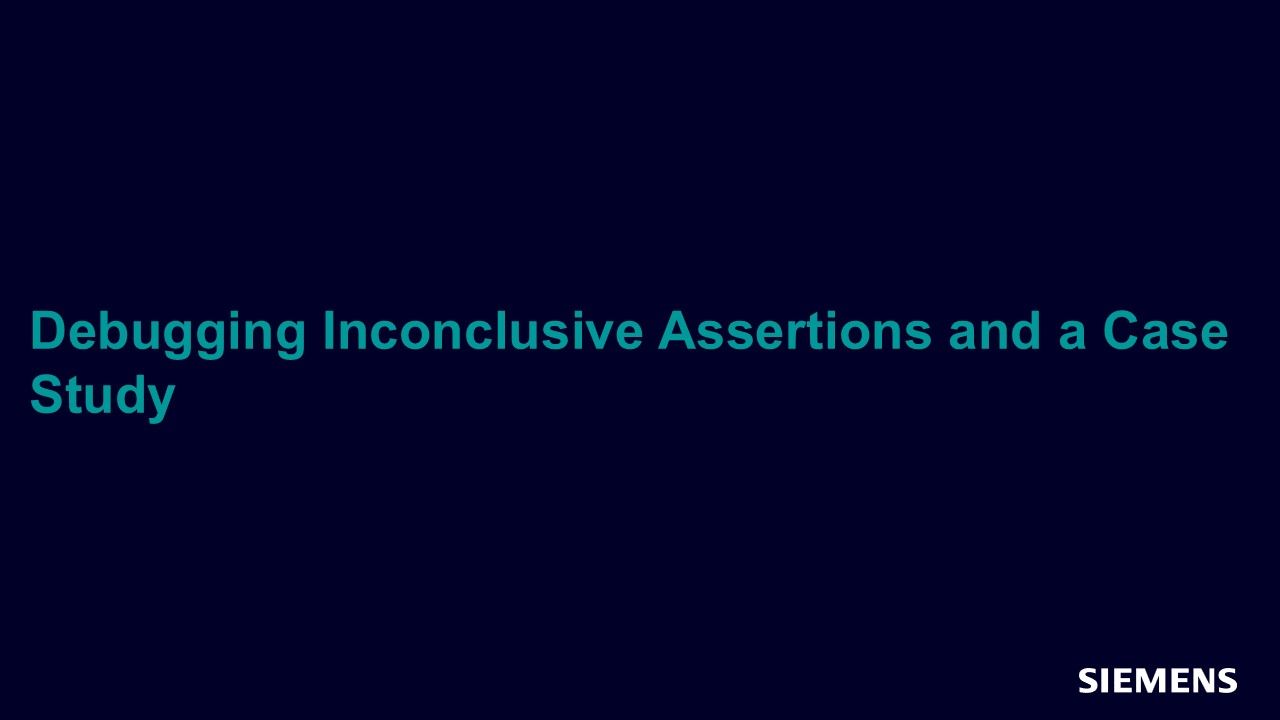Debugging Inconclusive Assertions and a Case Study
In this article, we discuss the flow to debug inconclusive assertions and use an ECC design as an example to show a decomposition technique for handling inconclusive assertions.

Full-access members only
Register your account to view Debugging Inconclusive Assertions and a Case Study
Full-access members gain access to our free tools and training, including our full library of articles, recorded sessions, seminars, papers, learning tracks, in-depth verification cookbooks, and more.